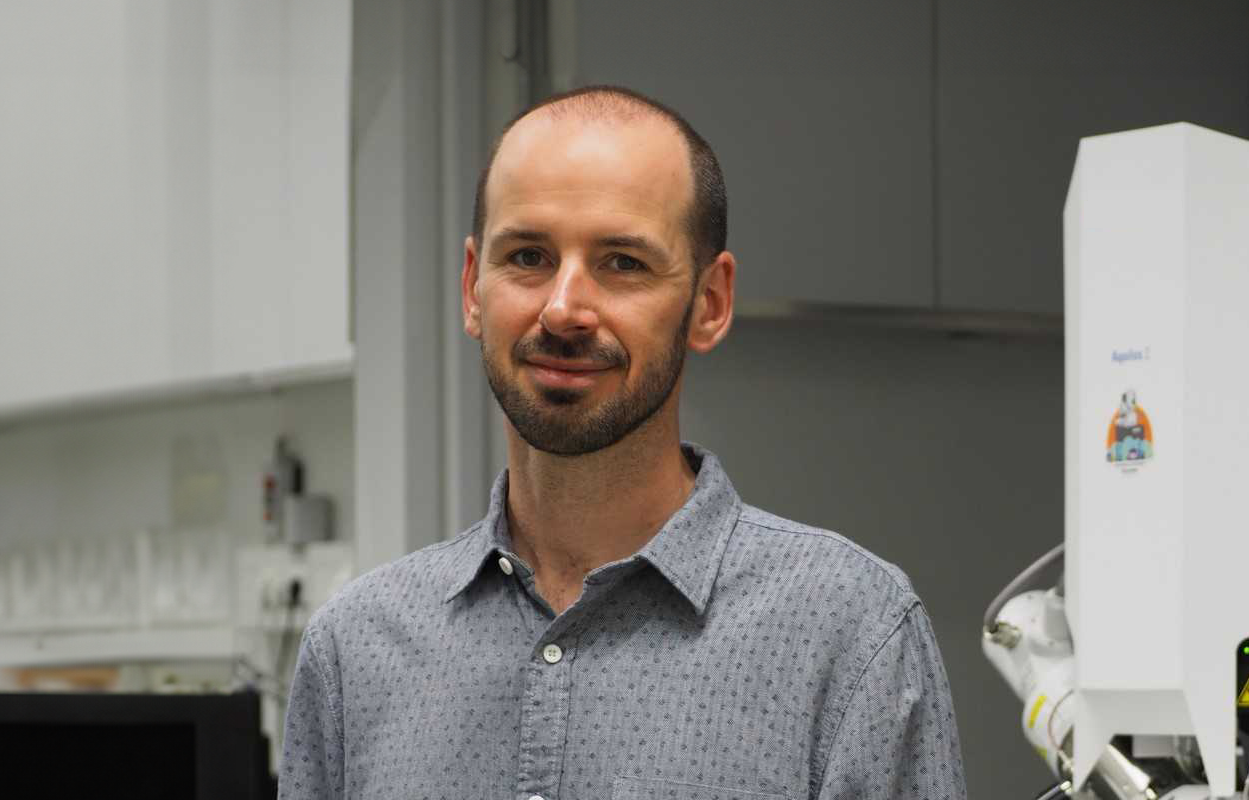Petr Chlanda was accepted into the DFG Heisenberg Programme and has become a W3-Heisenberg Professor
Chlanda's Lab | April 28, 2025
We are proud to announce that Dr. Petr Chlanda has been appointed W3-Heisenberg Professor for Cryo-EM of Viral Infection at the Department of Infectious Diseases – Virology, Medical Faculty of Heidelberg University, as of April 2025.
Dr. Chlanda’s appointment follows his acceptance into the prestigious DFG Heisenberg Programme in 2024, which recognizes his outstanding scientific achievements and supports his research with a grant of 627,000 euros for up to five years.
His scientific work focuses on understanding virus-host interactions using electron microscopy (EM) and cryogenic electron microscopy (cryo-EM). These cutting-edge methods allow for high-resolution visualization of individual steps in viral infection directly within infected cells—a powerful approach known as cellular cryo-electron tomography (cryo-ET).
Since 2017, Petr Chlanda has led a research group investigating virus entry, assembly, and the remodeling of host cells during infection. At Heidelberg University, his team has established key technologies such as cryo-focused ion beam (cryo-FIB) milling and cryo-correlative light and electron microscopy (cryo-CLEM) under biosafety level 2 (BSL-2) conditions. These advancements have enabled the structural study of viral infections under near-native conditions. He is also a founding member of the Heidelberg University Cryo-EM Network (HDcryoNet), which provides access to high-end cryo-EM infrastructure.
Using these state-of-the-art tools, the Chlanda lab has revealed critical mechanistic insights—for example, the inhibitory action of the IFITM3 protein on influenza A virus membrane fusion. They have also contributed to a deeper understanding of SARS-CoV-2 replication and assembly, as well as the formation of replication organelles in Ebola virus, which create liquid-phase separated compartments within infected cells.
Petr Chlanda's ongoing research continues to focus on RNA-enveloped viruses that pose significant threats to public health. His team aims to apply cryo-ET to more physiologically relevant models such as polarized cells and organoids, and has initiated collaborations to support vaccine development against influenza A virus.
In addition to the Heisenberg funding, Petr Chlanda has secured an additional 440,000 euros to investigate the assembly of influenza A virus and related Orthomyxoviridae family viruses. These viruses carry segmented genomes, allowing them to reassort during co-infection, potentially generating novel pandemic-capable strains. His team will use cellular cryo-ET to directly visualize genome segments and their spatial organization during viral assembly at the plasma membrane—opening new avenues for studying viral genome interactions, trafficking, and sorting mechanisms.
Petr Chlanda’s group continues to be based at BioQuant, where they study how major human RNA viruses infect cells at the structural level by advancing and applying cryo-EM technologies. His research is strongly supported by interdisciplinary collaborations within BioQuant, the Centre for Integrative Infectious Disease Research (CIID), and Heidelberg’s dynamic imaging and virology research community. He is also a research group leader in major research consortia, including SFB1129, the recently launched SFB1638, and the EU Horizon-funded DEFENDER consortium.
